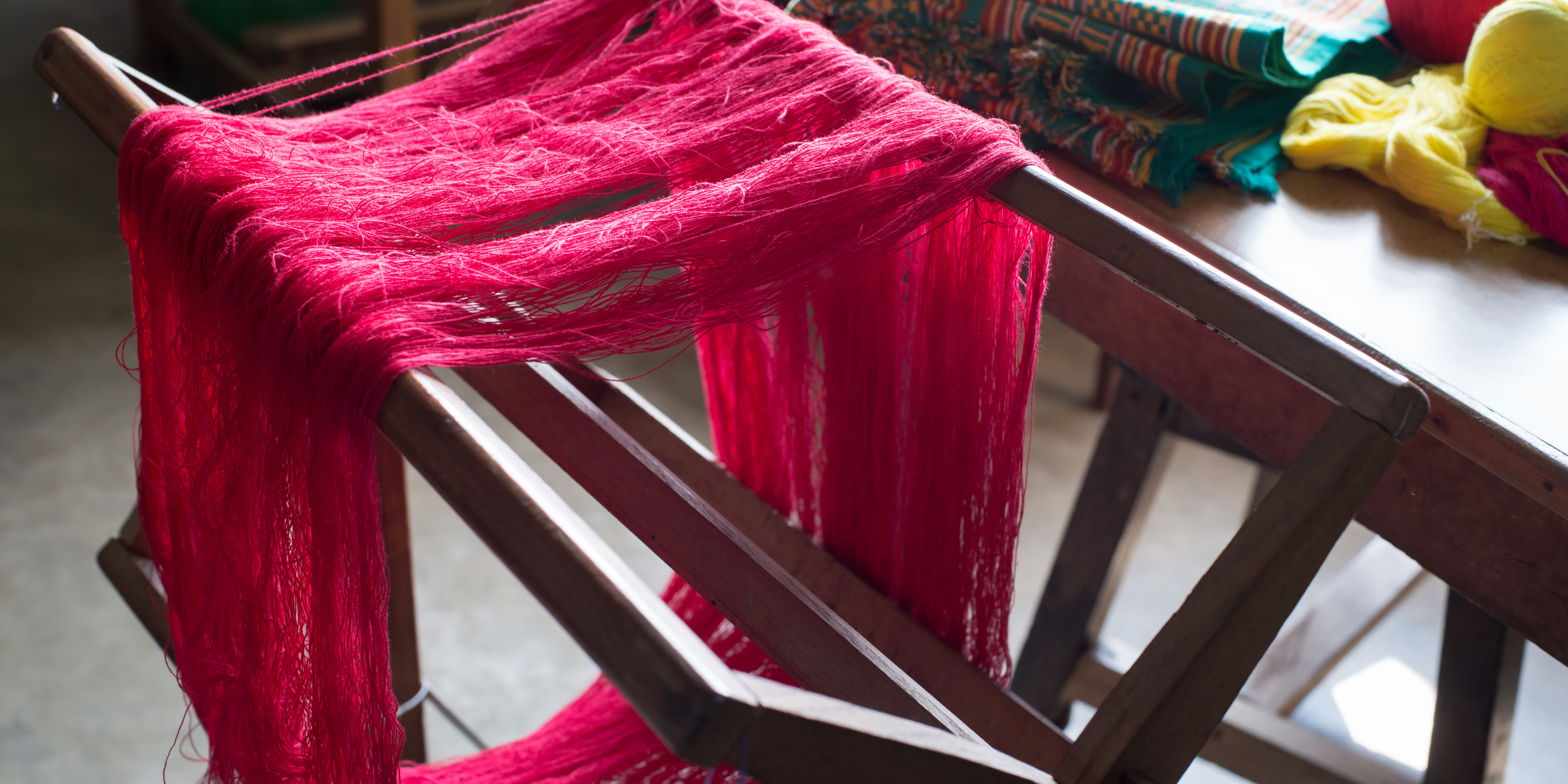Bt Cotton vs. Natural Cotton: A Critical Perspective on Sustainability, Safety, and Ethics

In an age of mechanized mass production, the quiet elegance of handloom fabric stands out not just as a tribute to tradition, but as a practical and conscious choice—especially when it comes to baby clothing. The difference between handloom and powerloom textiles lies not just in their method of production, but in the impact they have on our comfort, health, and environment.
- Understanding Handloom and Powerloom
Handloom fabric is woven by hand using wooden looms, often with yarns that are handspun. The process is slow, mindful, and deeply rooted in Indian heritage. Powerloom, in contrast, uses electrically driven machines that produce fabric quickly and in bulk. While this may be efficient, it often comes at the cost of quality and gentleness—particularly important factors for newborns and children.
- Softness That Machines Can’t Mimic
Powerloom fabric requires strong, high-tension threads to endure the mechanical speed and pressure of production. These threads are often chemically treated and tightly woven, making the resulting fabric stiffer and less forgiving on the skin. In contrast, handloom cloth is softer by nature. Since the weaving is done manually, the tension applied to the threads is gentle, preserving the yarn’s natural softness.
This is especially crucial when it comes to clothing for babies. A baby’s skin is extremely delicate, and exposure to rough, synthetic, or tightly woven material can cause rashes or discomfort. Only handwoven cloth—especially those made from natural cotton or khadi—can offer the kind of tactile softness that feels like a second skin.
- Breathability and Body Respiration
Handloom fabric allows the skin to breathe more easily. The natural gaps in the weave encourage better air circulation, aiding body temperature regulation and minimizing the risk of overheating—an important consideration for infants and toddlers. The breathable quality of handwoven textiles helps prevent heat rashes, maintains skin hydration, and supports overall skin health.
In contrast, the dense and compact weave of powerloom fabrics restricts airflow. The synthetic fibers commonly used in powerloom products can trap heat and sweat, making them less suitable for sensitive or allergy-prone skin.
- Natural Texture, Zero Roughness
One of the noticeable traits of powerloom fabric is a certain roughness. This is due to the machine-made nature of the weave and the chemically processed fibers that are often used. Although pre-washes and softeners can reduce the harshness, they rarely match the naturally soft and textured feel of a handwoven fabric. In fact, softness in textiles—especially when untreated—is something only handloom can consistently deliver.
- A Heritage of Sustainability
Choosing handloom is not just a personal preference but also a step toward preserving Indian craftsmanship. India’s handloom sector, one of the largest in the world, supports millions of weavers and artisans. From Bengal’s muslin and Maheshwari silks to the iconic khadi movement inspired by Mahatma Gandhi, handloom in India is a living tradition.
Opting for handwoven cloth over machine-made alternatives means contributing to rural livelihoods, promoting ethical fashion, and reducing your carbon footprint. Unlike industrial powerlooms that consume electricity and water on a large scale, handlooms are eco-friendly and low-impact by design.
- Why It Matters for Babywear
When it comes to newborns and infants, every choice matters—especially what touches their skin. Handloom baby clothes made from organic, handspun yarns offer an unmatched level of comfort and safety. These garments are often dyed using natural ingredients like turmeric and indigo, further reducing exposure to harsh chemicals. They are toxin-free, breathable, and perfectly suited for the developing skin of a baby.
Conclusion
The debate between handloom and powerloom is not just about tradition versus technology—it’s about quality versus quantity, care versus convenience, and health versus haste. For those seeking breathable, soft, and skin-friendly fabric, particularly for babies and young children, the choice is clear.
Handloom cloths are not just garments; they are woven expressions of patience, heritage, and care. In every thread lies a story—one that puts well-being above speed and celebrates the gentle strength of handmade fabric.
